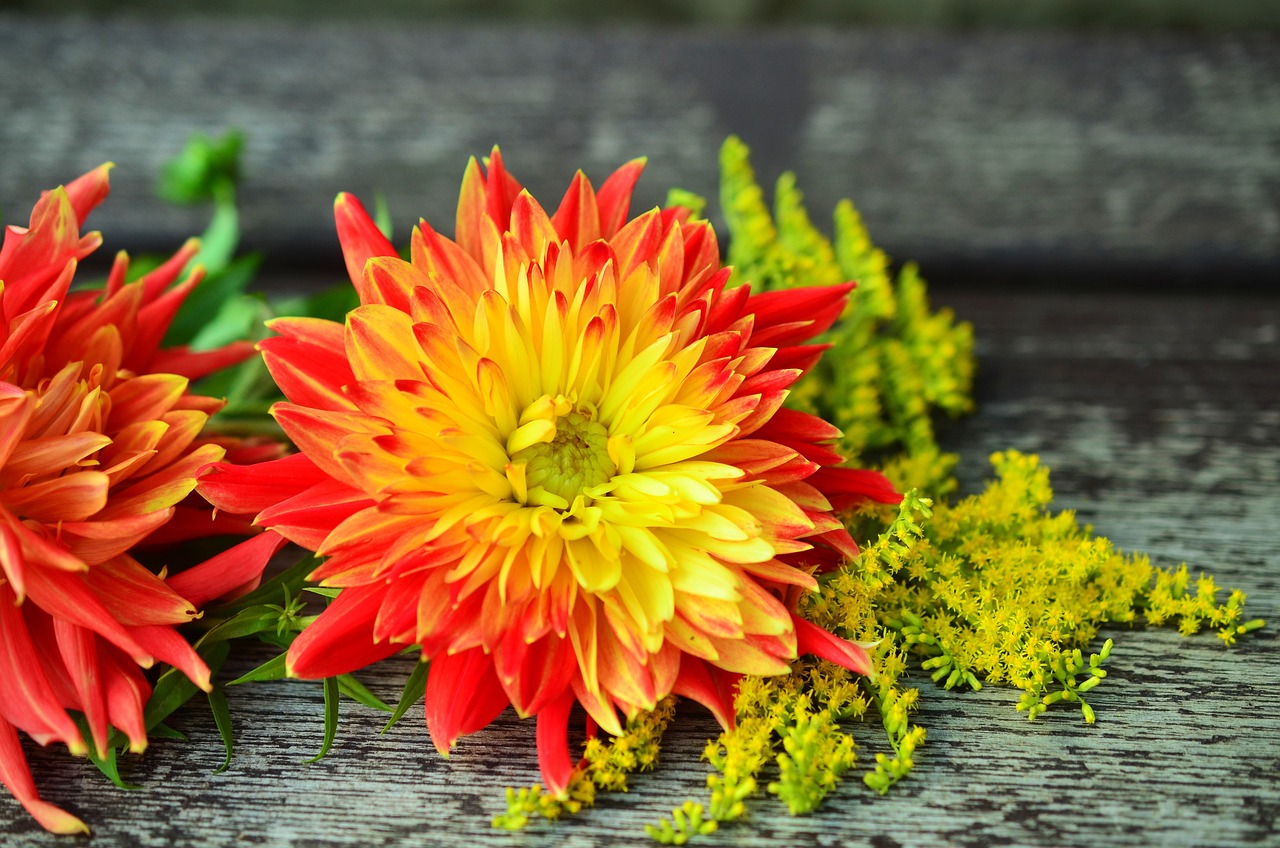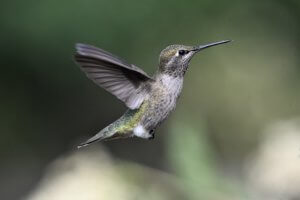News Archives » Sr. Maxine Pohlman
World Wide Technology Employees Engage in Corporate Volunteering at La Vista November 27th, 2023
 |
 |
By Sr. Maxine Pohlman, SSND
La Vista Ecological Learning Center’s usual monthly workday in the Missionary Oblates Woods Nature Preserve became unusual when seven young people from World Wide Technology joined our efforts. This company grants employees one day a year to do service, and this group, wanting to do something ecological, chose La Vista.
For the hours we were together in our important pursuit of restoring health to the forest by removing invasive bush honeysuckle, we felt a wonderful sense of belonging. We belonged to a group of volunteers, for sure, but in a broader sense we felt our belonging to the larger Earth community so in need of healing.
We extend our gratitude to World Wide Technology for supporting outreach in the broader community!
October – Giving One’s Gold Away October 16th, 2023

(Image by congerdesign from Pixabay)
(by Sr. Maxine Pohlman, SSND, Director, La Vista Ecological Learning Center)
During fall the pollinator garden at La Vista brings to mind Mary Oliver’s delightful poem “Goldenrod”. She describes these ubiquitous fall flowers as having “light-filled bodies… giving their gold away”. I appreciate that way of looking at goldenrod which seem to be everywhere at this time of year.
Her poem came to mean more to me after hearing a talk on the physics of light by astronomer Stephan Martin. He told his listeners that light is how we know the Universe! Just that thought gives me pause. He invited us to recall the many ways we encounter light daily; for example, in the morning when we open our eyes and see light from the window which travels to our brains creating an image. He said that our eyes are the interface between ourselves and our world, and that seeing is a sacred connecting act we experience first thing upon awakening!
Next, we may take a morning walk and observe goldenrod growing and giving on the roadside. He explained that we are actually experiencing light from the sun absorbed by atoms of the flower. Goldenrod then emits the energy from these atoms, so we are seeing the light of goldenrod – not just a reflection, but the essence of goldenrod. How wonderful is that! Here is another reason to be in awe, and he said this is true for all that we see – each being is radiating itself into the world like a star, creating intimacy, healing our separation from nature – when we are receptive to this truth.
Later in the day we might be sitting near someone and feel heat radiating from them. The reality is that we are feeling light. They are glowing; we are glowing. Our bodies both see and feel light. Ponder this, our entire lives are powered by sunlight, and our energy IS the sun’s energy. Light is what we are!
No wonder Jesus was moved to say, “You are the light of the world… let your light shine…” No wonder Buddha said at the end of his life, “Make of yourself a light”. No wonder Mary Oliver implicitly encourages us to imitate goldenrod and give our gold away.
How can we not?
Biophony and Mindful Listening July 17th, 2023
By Sr. Maxine Pohlman, SSND, Director, La Vista Ecological Learning Center
Early in June as I sat on the porch in the morning listening very carefully to the outdoor bird symphony, I heard an unusual sound, “chuck, chuck, chuck”, and I thought, if this is a bird it is new to me. I doubted that, so I researched vocalizations of chipmunks since they have been quite active around the yard lately. Sure enough, I learned that chipmunks use that call when there is an aerial predator around, and I had just observed a hawk in the trees! I also learned that if the predator is terrestrial, an alternate sound is chosen. I delighted in becoming more familiar with chipmunks that entertain me throughout the day, and I was captivated by their caring for other chipmunks with this warning sound.
Recently I have been spending some of my morning meditation time listening intently in the backyard, thanks to learning about the ecological soundscape. This name includes three distinct sounds we hear all the time and usually just lump together: biophony, the collective sounds produced by all living beings in a particular area; geophony which includes all nonbiological natural sounds like wind, water, thunder; and anthrophony, the sounds we humans generate like music, language and noise. Soundscape ecologist Bernie Krause coined these words, calling them the voice of the natural world!
Krause’s study of natural sound led him to see the importance of expanding
our perceptions beyond the visual, giving us a deeper experience of the wider world which he says is always more complex and compelling than we think. He points out that careful listening “rivets us to the present tense – to life as it is – singing its full-throated choral voice where each singer is expressing its particular song of being”. I hadn’t thought of mindful listening as riveting me to the present moment, but this message called me to include careful listening in my morning meditation, expanding my mindfulness to include so many lovely voices singing their songs of being. And I find what Krause found – creation is way more complex and compelling than my mind can wrap around.
There is one more thought about listening to all forms of sound that I want to include, and it comes from Thomas Berry who links us to an often ignored source of our ecological crisis: We are talking only to ourselves. We are not talking to the rivers, we are not listening to the wind and stars. We have broken the great conversation. By breaking that conversation we have shattered the universe. All the disasters that are happening now are a consequence of that spiritual ‘autism.’
May the practice of mindful listening help heal our broken world.
Restoring the Forest and Ourselves June 9th, 2023
By Sr. Maxine Pohlman, SSND, Director, La Vista Ecological Learning Center
RESTOR is a global restoration movement with an inspiring mission: “accelerating the conservation and restoration of nature for the benefit of people, biodiversity, and climate”. RESTOR does this by “connecting people and their projects to resources like scientific data, monitoring tools, funding, and each other to increase impact, scale, and sustainability of these efforts. We believe that anyone can be a restoration champion”.
The Missionary Oblates of Mary Immaculate have been restoration champions since 1993 when they were the first landowners in the area to dedicate sixteen acres, the “Missionary Oblates Woods Nature Preserve”, as part of the Illinois Nature Preserve System. In 2001 they added one hundred forty-three acres in the Forest Legacy Program. With this history, OMI has become a member of the RESTOR movement; consequently, it is possible to explore specifics about biodiversity on their land using RESTOR data. On Oblate land in Godfrey, IL, diversity includes 1,409 plant species, 31 amphibian species, 46 mammal species, and 174 bird species. That’s a lot of biodiversity on a little over 250 acres!!!
La Vista’s Monday study group just completed reading Robin Wall Kimmerer’s Braiding Sweetgrass, and one of Kimmerer’s insights we loved is appropriate here. She comments that when we think of ecological restoration we think about what we are doing to and for land like invasive species and trash removal, controlled burns, and planting native species which we do at La Vista. However, Kimmerer expands this thinking when she explains that, in the indigenous tradition, when we do ecological restoration we are really restoring ourselves! This must explain why, when volunteers head back to their cars after restoration work, they comment about feeling happy, fulfilled, nourished. It is true. Why else would volunteers drive a distance to get dirty, work hard, and brave tick bites? The principle of reciprocity as at work here! Once again, native people help us with an alternative reality.
Kimmerer also phrases it this way, “Land loves us back”. In the case of preserves, it does this in part by providing a peaceful and healthy environment for those who visit; by increasing wildlife, thus reducing species loneliness and countering biodiversity collapse; by cleaning the watershed, contributing to a healthier Mississippi River for humans and other species.
Truly, ecological restoration is a two-way street, and Pope Francis agrees. In the encyclical Laudato Si’ he shows awareness of this deep connection: “God has joined us so closely to the world around us that we can feel the desertification of the soil almost as a physical ailment, and the extinction of a species as a painful disfigurement”. The opposite is also a reality – when we help heal damaged land, we are also healed. Healthy people and healthy planet go together.
Biomimicry & Learning from the Humble Moss May 2nd, 2023
 (Photo courtesy of Thomas Hendele, Pixabay)
(Photo courtesy of Thomas Hendele, Pixabay)
By Sr. Maxine Pohlman, SSND
Recently I participated in a Biomimicry Retreat sponsored by Sisters of Earth. Sister Gloria Rivera, our presenter, described biomimicry as learning from and emulating natural forms, processes, and ecosystems to create all kinds of sustainable design and ways of living. She taught us that biomimicry is about valuing nature for what we can learn, not what we can extract, harvest, or domesticate, and in the process, if we listen carefully, we can learn about ourselves and our connection to each other and our home on Earth.
After the first session we were encouraged to take a half hour walk outdoors, paying attention to what offered itself to us. As I hiked uphill from the river through the woods what presented itself to me over and over and over was moss. It was everywhere – all shades of green, fresh and beautiful, on the path, downed trees, even asphalt! I decided that emulating moss would be a great way to live into not only a sustainable future, but a flourishing one. I imagined what mosses might say to us, aware that they have properties we need at this challenging time on Earth:
- We are on rooftops, under your feet, on cement, in streams and on dry rocks of glades. We are comfortable in extreme conditions. Be adaptable!
- We are 350 million years old and have survived and thrived through drastic climate changes. You an do it too.
- You can find us on every continent and in every ecosystem habitable by plants that use sunlight for energy. Renewable energy can also be your way.
- We impact the temperature of soil, warming or cooling it depending on the environment. Use your creativity for the health of our planet.
- We make up a major part of the biodiversity in moist forest, wetland, mountain and tundra ecosystems. Please protect biodiversity.
- We even offer microhabitats where a variety of insects can live, lay their eggs and hunt for food. Find ways to serve animal life.
- We are in no hurry. It may take us 25 years to grow an inch. Slow down and enjoy each day.
- We are never alone; rather, it is our nature to be continuously in contact with other beings, like the ones we grow on. Value the web of life and be in touch.
Maybe you will also take a hike and see what presents itself to you for your emulation. May all of us embrace biomimicry as one hopeful way into a flourishing future!






